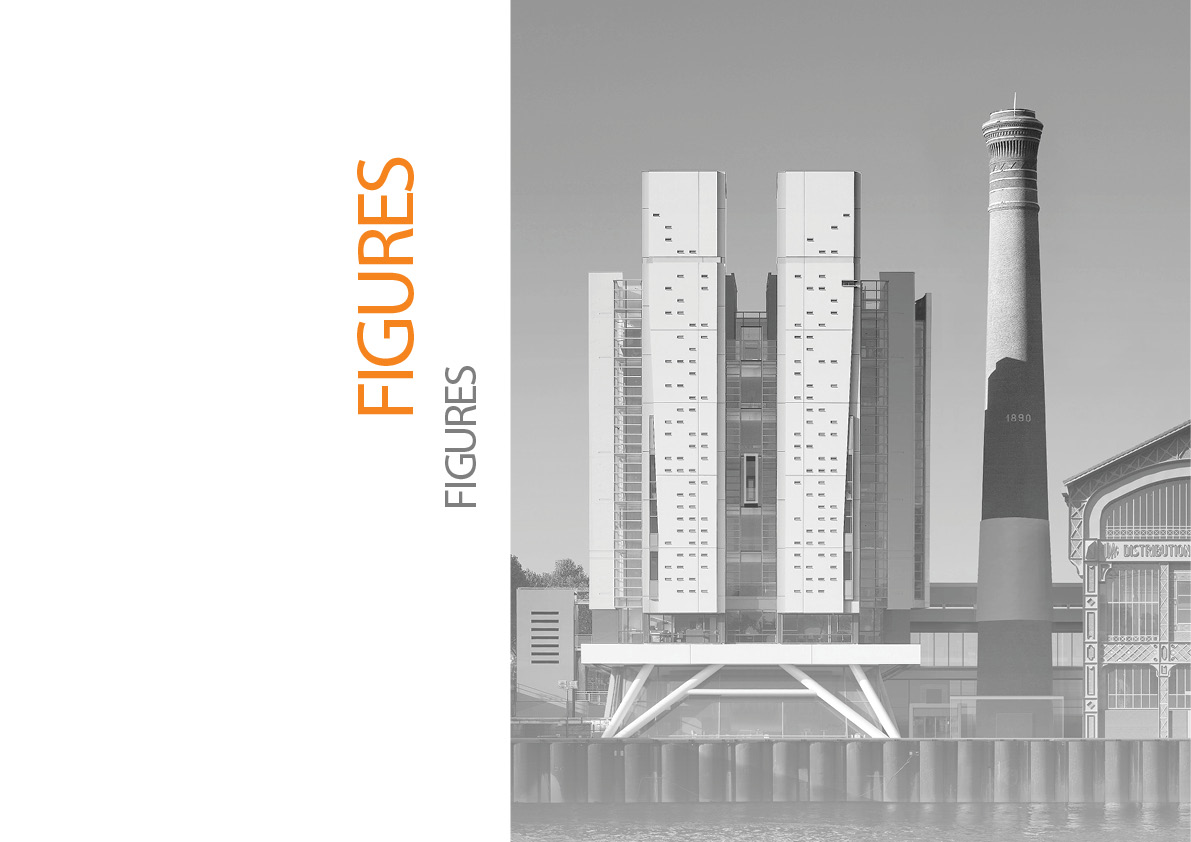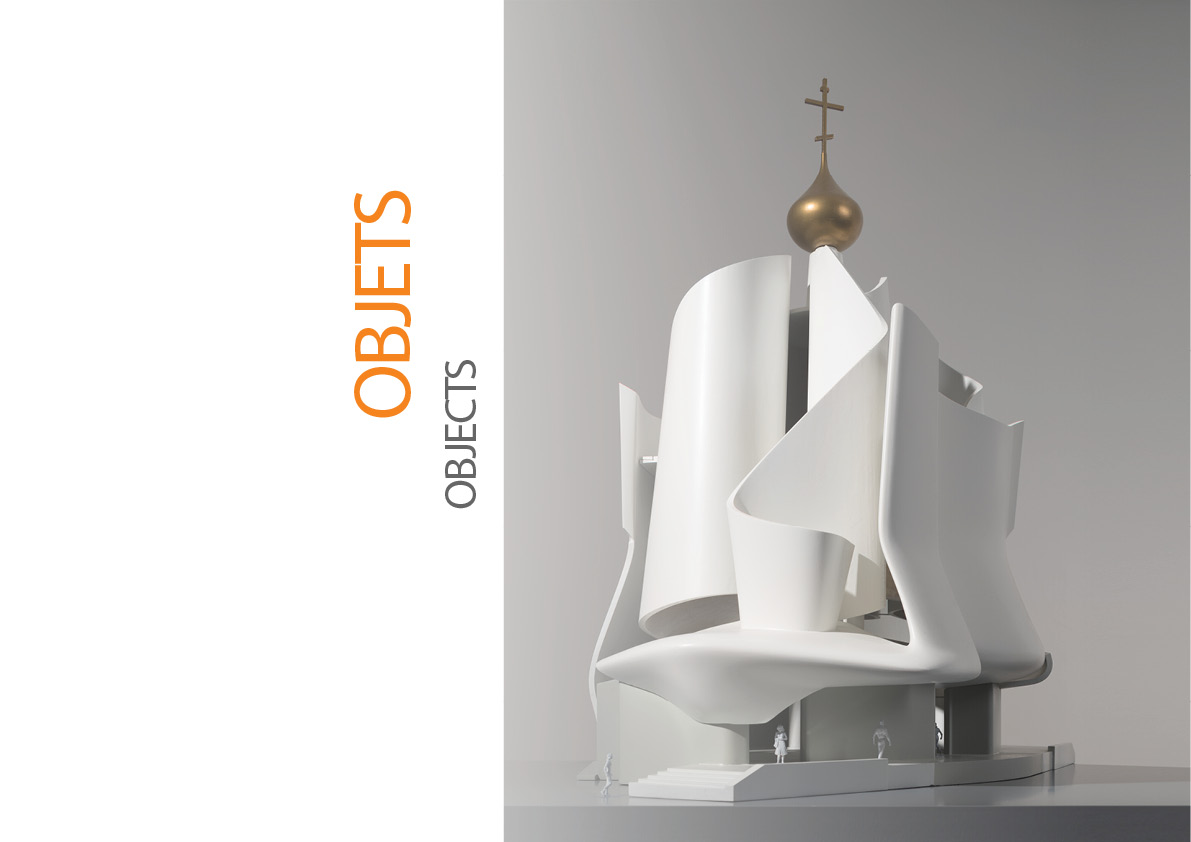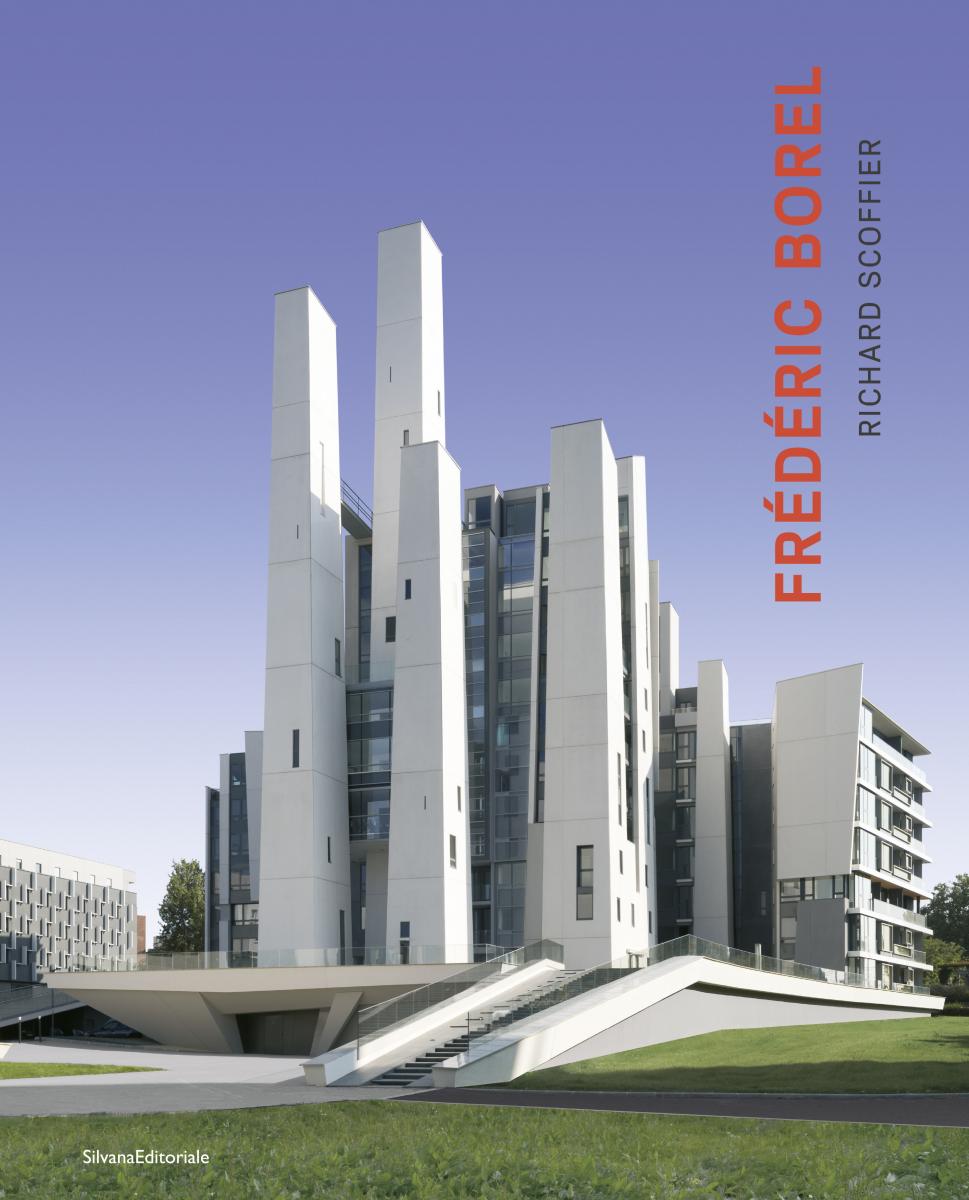Frederic Borel architecte / Fictions

FIGURES
Un des intérêts majeurs du travail de Frédéric Borel est de réinterroger le rapport entre anatomie humaine et architecture. Il revient sur la notion d’édifice comme second corps, corps de pierre ou de béton redoublant le corps de chair, suivant la pensée du philosophe Michel Serres, comme si la statuaire était première, et que l’on pouvait appréhender chaque bâtiment comme une statue creuse entourant, protégeant et symbolisant un corps humain fragile et sans défense.
C’est aussi la leçon des expressionnistes comme Erich Mendelssohn, dont on se rappellera le très étonnant observatoire de Postdam, Fritz Höger, l’auteur de la ChileHaus de Hambourg, mais surtout Michel de Klerk et ses blocs anthropomorphiques de logements sociaux qui scandent les rues et les places d’Amsterdam Sud.
FIGURES
One of the main interests in the work of Frédéric Borel is its re-examination of the relationship between human anatomy and architecture. He returns to the concept of the building as a second body, a body of stone, or a concrete body redoubling a body of flesh, as we are invited to think by the philosopher Michel Serres. As if the sculpture came first, and we were able to perceive each building as a hollow, enveloping statue, protecting and symbolising a fragile and defenceless human body. This is also the lesson of the Expressionists, like Erich Mendelsohn, who will be remembered for the extraordinary observatory of Potsdam, Fritz Höger, the author of the Chilehaus in Hamburg, and above all Michel de Klerk with his anthropomorphic blocks of social housing which characterise the streets and squares of Amsterdam-Zuid.

OBJETS
Après les figures, les objets qui naissent d’expérimentations et de manipulations libres sur les formes et les matériaux. Feuilles de bristol découpées ou plissées, membranes de plastique étirées ou compressées, grilles de métal déformées et remodelées témoignent d’un univers de formes en perpétuelle gestation. Certaines de ces expérimentations sont restées sans suite d’autres ont enfanté des projets aujourd’hui réalisés.
Et, à côté de ces recherches sur les matériaux, se développe un travail plus poétique, plus ludique aussi, où l’architecte s’amuse avec le plaisir souverain d’un enfant qui invente avec des bouts de bois de nouveaux jouets tout en racontant des histoires.
OBJECTS
After the figures come objects originating from experimentation and the free manipulation of shapes and materials. Cut or pleated Bristol board, stretched or compressed plastic membranes, deformed and reshaped metal grids show a universe of shapes in perpetual gestation. Some of these experiments were discontinued while others culminated in projects which have since been completed.
A more poetic and playful work develops alongside this research of materials, where the architect is entertained with the supreme pleasure of a child who invents new toys with pieces of wood, while telling stories.

PAYSAGES
Les bâtiments paysages, qui développent leur propre monde dans lequel les utilisateurs et les simples passants sont invités à s’immerger, restent une constante dans l’œuvre de Frédéric Borel. Ils s’ouvrent comme ces portes des films de science-fiction qui permettent à qui les traverse de basculer dans un univers parallèle plus dense, plus riche que le monde réel. Comme s’il s’agissait d’aménager des territoires de sensations et d’émotions pour remédier à la sécheresse et à la tristesse de la ville que nous a léguée le XXe siècle et dont nous ne parvenons plus à sortir.
LANDSCAPES
The Landscape buildings remain a constant in Frédéric Borel’s work. They are buildings that develop their own universe in which their users and even simple passers-by are invited to immerse themselves. They open up like those doors in sci-fi films that transport anyone who goes through them into a parallel universe, denser and richer than the real world. As if it were about creating areas to stimulate the senses and emotions in an attempt to remedy the drought and sadness of the towns we inherited in the 20th century and which we can no longer escape.
